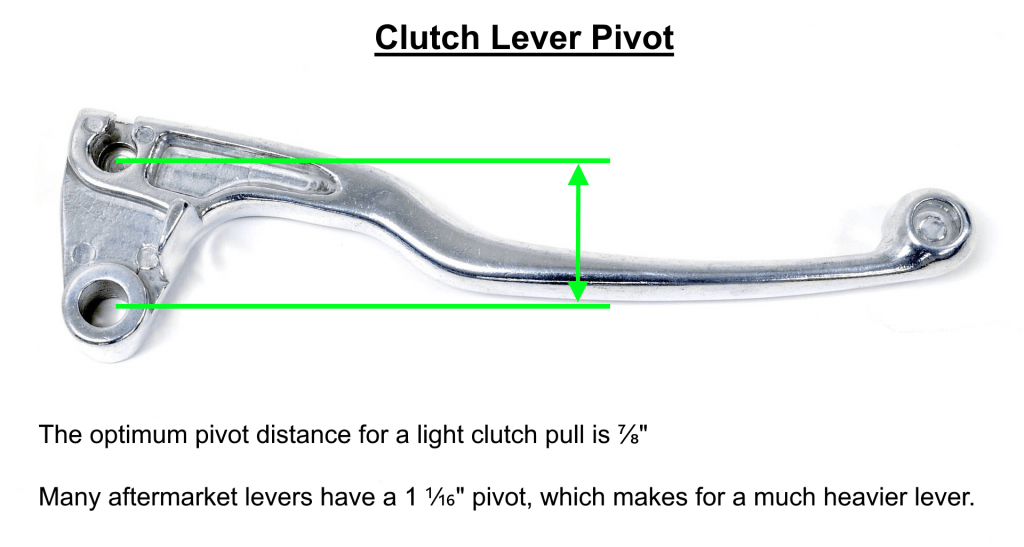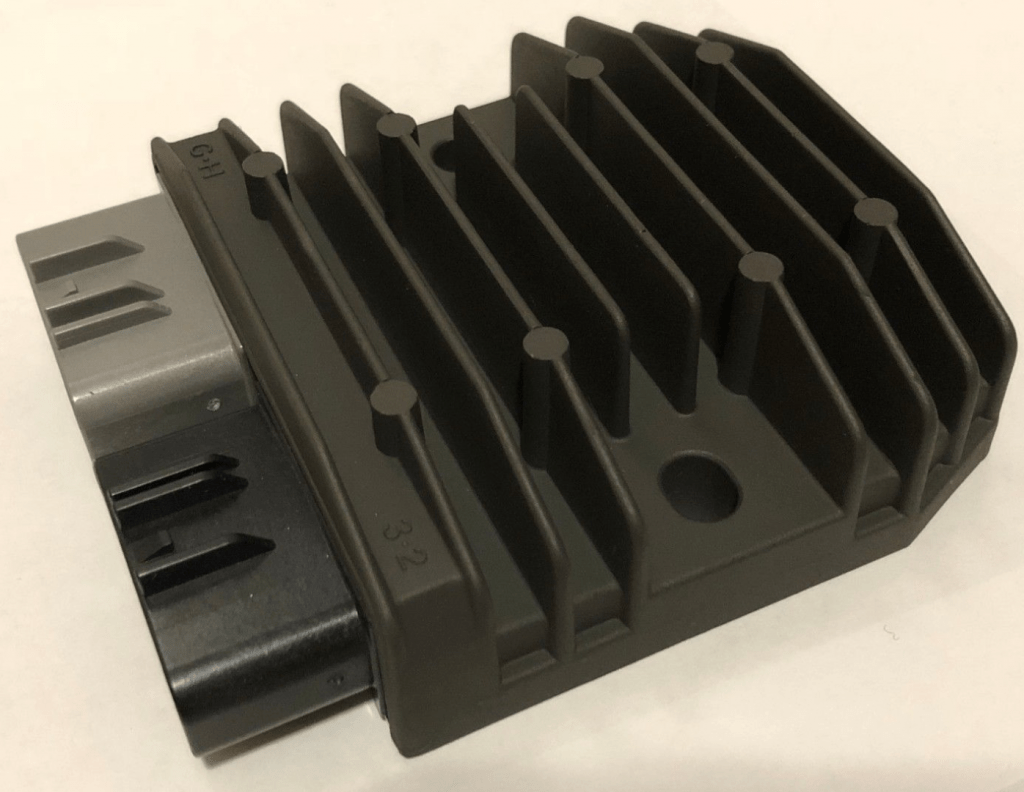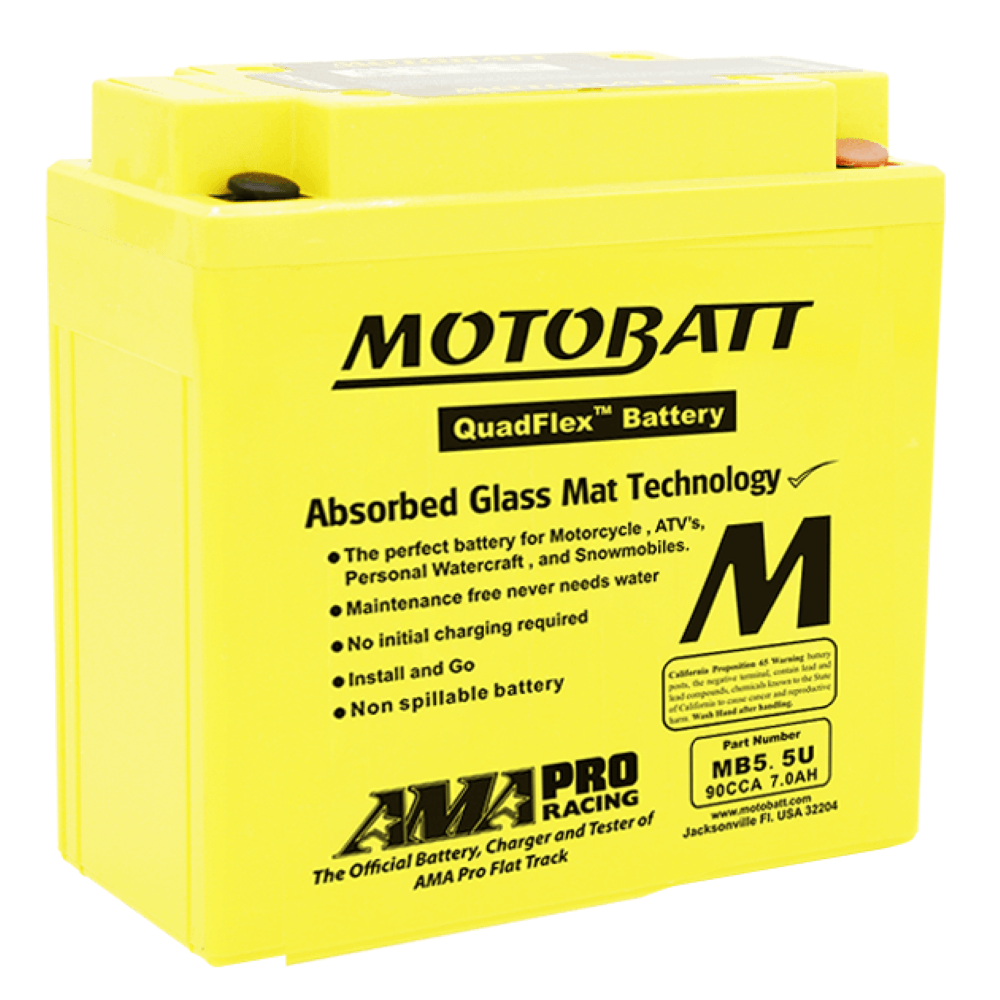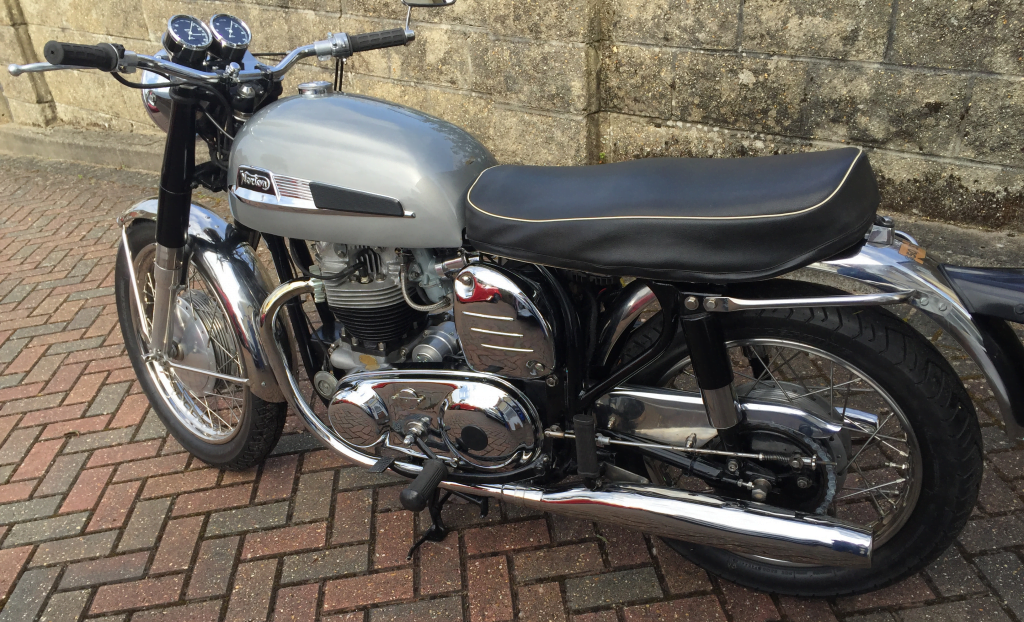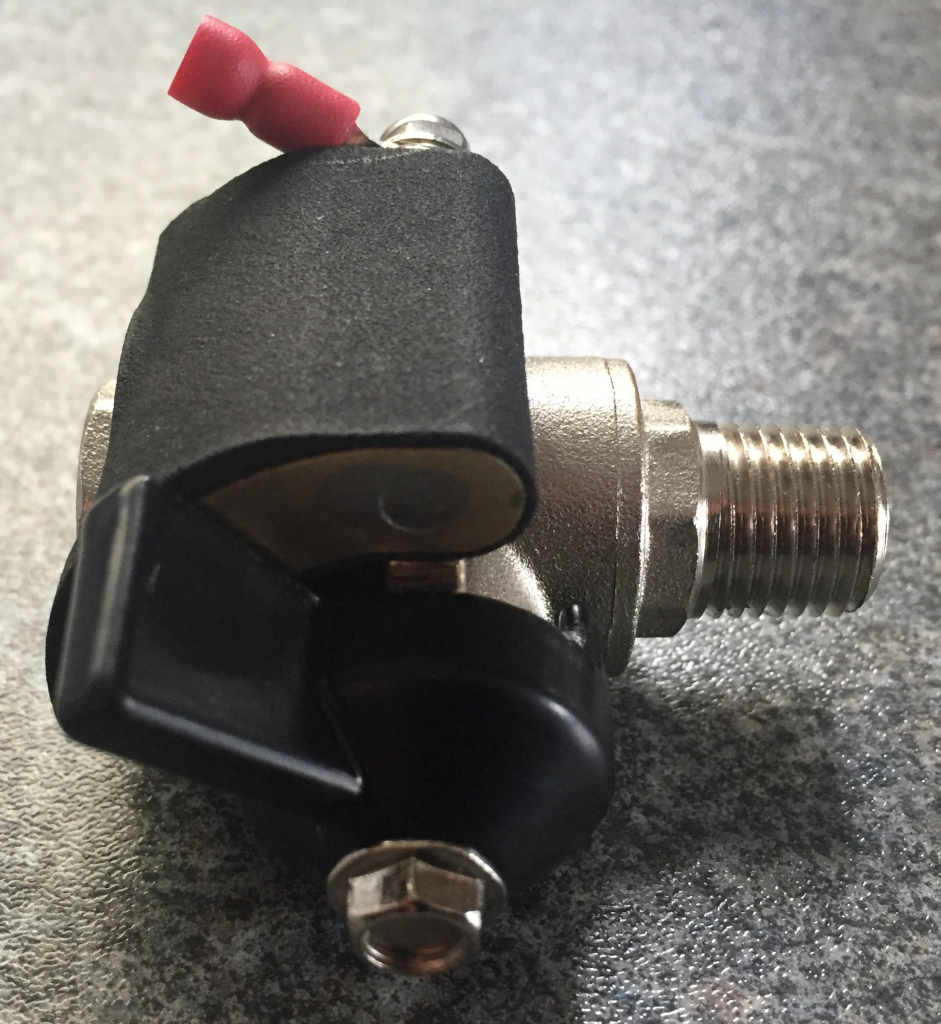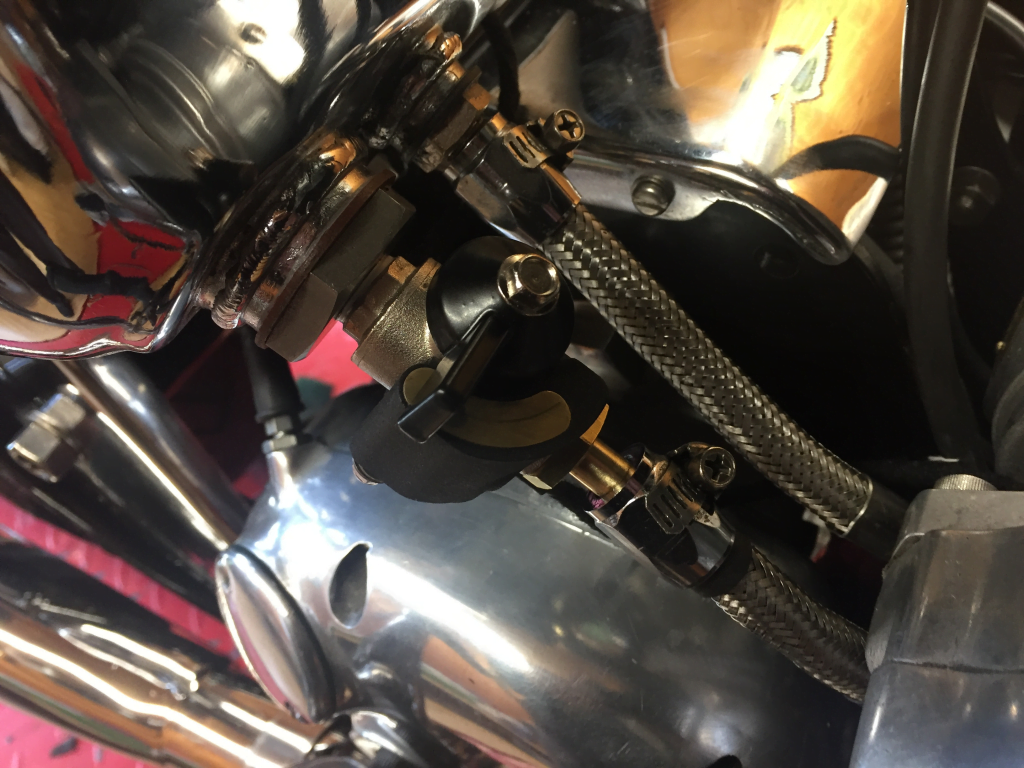The bike that changed Steve Fox’s life!
Graham and Grant Tiller
This article went out in the December copy (issue 396) of the Norton Owners Club magazine – Roadholder
With the engine all buttoned up, we could turn our attention to putting it back in the frame.
We treated the Dommie to a set of new engine plates – and although we both like the shiny dural and stainless options available, we decided that with the amount of chrome on the bike, they may be a little bit of overkill.
So, we went for the black powder coated Wassell ones.
The quality is ok, and all the holes are in the right place.
We did however drill an additional hole next to the gearbox slot, as we wanted to fit an adjuster to both sides.
We were fitting a primary side belt drive and diaphragm commando clutch, and an adjuster on both sides allows you to get the belt tracking spot on.
We went for the Commando clutch-based belt drive kit from RGM, as we wanted to lighten up the clutch lever as much as possible.
Dad had surgery for carpel tunnel in both wrists, as well as a trapeziectomy on both sides – probably down to his early career as a sheet metal worker and doubtless the repetitive strain injury that it caused. Arthritis has also set in.
The single biggest difference in giving us a light clutch pull though is using levers with the correct pivot point distance.
With the engine in, and the belt drive installed and tracking well, we turned our attention to the electrics.
The original alternator was a three wire, split system that brought extra alternator coils into play when the light switch was turned on – so generating more power when you used more power, thus maintaining a decent balance between charge and load.
However, that had long gone by the time the bike got to us, and a much later two wire Wassell unit had been fitted – this one had bare wires showing as I mentioned previously.
We knew we’d need to put some effort in here.
We decided that we’d go up the three-phase route – overkill for the Dommie as it’s spark is self-generating, but why not.
The advantage of three phase is that you are generating a decent charge at idle compared to the single-phase charging system which doesn’t really come into its own until about 3,000rpm.
I have done a lot of research into combined regulator/rectifiers and their behaviour so was adamant that we would not be using a short-type unit like those from the more popular manufacturers such as Podtronics, Tympanium or the Boyer Bransden Power Box.
In order to keep the heat away from their components, these units put a dead short across the alternator windings when charge to the battery is not required.
I don’t like the idea of this, and I am convinced that this is one of the prime reasons that we are seeing more and more alternator failures at this time – but that’s a whole chapter in its own right.
The original Zener diode on a bike will dump current to ground at 12.75 volts, and have a nice big heat sink (or in the case of the Commando, a nice chunky aluminium z-plate)
The combined regulator/rectifier cannot behave in this way, it uses thyristors instead of Zener diodes and the same unit is made to work on both positive and negative earth bikes, so they cannot simply dump current to ground like a Zener does.
On the grounds that in this particular 650ss application the battery should spend most of its life fully charged, the only viable answer was to use a series-type regulator/rectifier unit.
This is also referred to by some manufacturers as an open-type regulator/rectifier unit, and when it detects that charge is not required to the battery, it simply opens the connection to the AC feed from the alternator stator.
These are starting to be used on modern bikes, like the Yamahas, and are already extensively used by Polaris across their snow mobiles, all-terrain vehicles and watercraft.
My weapon of choice is the Shindengen SH775 but it has just been superseded by their new model the SH847.
The regulator/rectifier was fitted inside the tool tray under the seat – these units run pretty cool, so airflow was not required.
For the battery, we chose the MotoBatt MB5.5U AGM
The Absorbed Glass Matt battery is sealed, so no worry about topping it up, venting it, or spilling battery acid on the paint.
I have found the AGM batteries to last well over the winter months, just needing a quick charge after the winter prior to the first ride of the year.
This particular battery is pretty small in size (13 ½ x 6 x 13 centimetres) which meant that by playing with the oil tank and battery box mountings, we could slide the battery down between the two quite easily.
The battery box was now totally empty, and could be filled with a decent sized tool roll!
The next step as far as electrical was concerned was the instruments – we knew the original tachometer was not behaving, so it was an area that needed attention.
We liked the look of the Smiths Chronometrics rather than the grey face magnetic instruments that came on the bike, so we decided to go for the new electronic gauges.
These look like the real thing, but are electronic – a big advantage is no tachometer cable running up past the exhaust pipe.
These gauges were new to the market when we got them, so the manufacturers (Caerbont Automotive Instruments) in Swansea had no idea about how to pick up a signal on a Magneto bike.
I bought a couple of inductive pickups, and found one that worked well.
This has since been made available through their website.
The gauges look superb, and we are really pleased with them.
And last but not least, we wanted to take care of wet sumping.
This is a bike that doesn’t get used every day – and even with a new oil pump installed, we found it was wet sumping in a couple of weeks.
There is a lot written about the use of one-way valves to cure wet sumping.
Indeed my ES2 was fitted with one when I first got it.
When I took it off to clean it, I held it to my lips and sucked – it took a lot of suck in order to pull open the ball against the spring, and at that point I decided it was not a healthy option for our Nortons, whose oil pump design is little changed since the Big 4 and 16H design of the 1920’s
I have since read about and seen pictures of ‘grenaded’ engines that had run dry from a ball valve that wasn’t opening – it’s scary stuff!
So, we were looking up the route of a manually opening ball valve instead – however, wanted the protection of an electrical interlock.
The bike would only start if the valve was open, and oil could flow!
We came across this unit from Kingpin Components, which I have subsequently seen advertised and mentioned in several places – including Roadholder!
The valve itself is pretty small and unobtrusive – important I think, as it is on show.
When the valve is closed, the switch is made – so when attaching it to the cut-out wire on the magneto, it’s perfect.
Kingpin Components do a kit for a points or coil ignition bike which includes a micro relay.
When the ignition switch is on, and the oil valve is closed, then the relay stops the electrical supply to the ignition.
I really don’t like this idea, because although when the oil valve is open, the relay is not energised, and the ignition works normally, it means that you are 100% reliant upon a very small relay working to protect your oil flow.
For points or coil ignition bikes, I would much rather see the standard ‘magneto version’ of this unit hooked up to the horn.
If the ignition switch is on, but the oil valve is closed, then the horn is sounding – a very noticeable reminder that you are forgetting to open the valve, and no reliance on a delicate micro relay and a fully charged battery.
We like the quality of this Kingpin Components valve, and it doesn’t look too out of place on the bike.
So, there you have it.
That was the next Chapter of ETX 66C leading to the current day – hopefully Steve Fox approves of what we have done to her, and how she is being looked after.
It’s by no means a show bike, in every nook and cranny there is something that will certainly upset the rivet counters for lack of originality.
However, it’s a superb, usable and reliable bike that is still going strong – and from a distance, it still looks like a proper one!!!
Categories: motorcycles


